Commercially Caught Fish In The Bering Sea

Run-through the biology of given fish (keep in mind that this is not coming from a biologist):
- The young are found higher up where they consume small creatures, while older fish stay deeper in the sea where they consume each other.
- I wanted to compile a list of whose prey and predator each fish type is. My experience however, has made this a lot simpler. As far as consumption chain goes in the sea there’s a simple rule of thumb: bigger fish will eat smaller, cannibalism included.
- Rockfish eggs are fertilized internally and then their larvae are born (other than Shortspine Thornyhead), Flatfish fertilize their eggs externally.
- Most of the fish listed here can be found in different areas of the Pacific Ocean. The center of abundance tends to be in the Bering Sea though.
- The deeper the fish lives, the more fish oils it contains, and the better it tastes.
Here you can find a demo, of how scientists count fish age.
The Menu
-
Alaska / Walleye Pollock

The most frequently caught fish in the Bering Sea and the biggest ‘fishery’ in the world. It tends to be found between 100m and 300m deep, but can be found up to 1000m below the sea level. It only lives up to twelve years, but it is much more reproductive than fish that takes longer to grow and lives longer. It is crucial that there is enough of it in the Bering Sea for its ecosystem because it is part of the nourishment of many sea creatures there. It can be up to one meter long but tends to be half that. Its colour helps it hide from its predators. The main product is used for surimi, fish fingers and fish oil for example. It can also be used as a decent substitute for Pacific Cod; to me it tastes almost the same while being a lot cheaper.
FIND OUT MORE
-
Pacific Cod

Following Pollock fishery, Pacific Cod is the second largest in Alaska. The Alaska fishery covers 2/3 of the worldwide supply of Pacific Cod. It can be found about 250m deep in the winter and 100m deep in the summer. It lives for relatively short 20 years. It can grow up to 1.8 meters and weigh 10kg. Female Pacific Cod can produce up to one million eggs, so it comes in an abundant supply. Cod is cut in the backline is such a way to prevent its blood leaking into its meat during production. It was regularly part of my meal; directly from the sea, not frozen, prepared by our cook, amazing!
FIND OUT MORE
-
Black Cod / Sablefish

Older fish can live up to 3000 meters deep, and measure up to one meter in length. Sablefish can live for up to 90 years. It is often called Black Cod because it is similar to Cod in shape, but it doesn’t belong into the same family. Trawlers have a 15% quota imposed on it while longliners have an 85% quota. It therefore only comes as bycatch with trawlers while longliners catch it as “target fish”. Sablefish is also rich in fish fat which makes it very tasty, and at the moment it is the most valuable fish among those caught in the Bring Sea. It is primarily exported to Japan.
FIND OUT MORE
-
Atka Mackerel

It is abundant in the region of Aleutian Islands, especially around the Buldir Island, where it is found less than 200m deep. It can live for up to 14 years. From July till September it moves around shallow coastal waters, between 5 and 30 meters deep. Its eggs are planted in rock clefts. Fathers guard them until they hatch; this happens after about 40-45 days. Atka Mackerel is the prey especially for sea birds, sea lions and other sea mammals. It is a very tasty and valuable fish. Big money!
FIND OUT MORE
-
Pacific Ocean Perch (POP)

One of the most important commercially caught fish in the Bering Sea. It is found from South California through west Aleutian Islands all the way to Japanese island Honshu. It usually lives in deeper waters and in zones of vertical relief, such as coral. In the summer, adults migrate to shallower areas for feeding, which is the main season for the catch of POP. They form big schools; up to 100 meters wide, 260 meters deep, and 1200 meters long. The oldest found was 98 years old. They live long but they are not very reproductive. That makes them vulnerable to over fishing – limits are set relatively low. As far as fishing of POP goes – a lot of pain for a lot of money.
FIND OUT MORE
-
Rougheye Rockfish

Adult individuals are about 40cm long. The oldest Rougheye found was apparently 200 years old. They often live in schools with Shortracker Rockfish. They tend to inhabit rocky seafloor about 300 – 400 meters below sea level. They feed on prawns, shrimp and other types of fish, such as myctophids.
FIND OUT MORE
-
Northern Rockfish
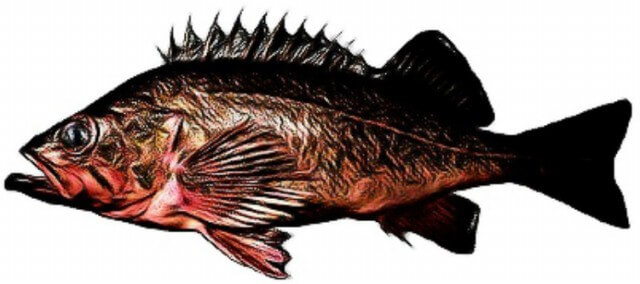
Northern Rockfish has one of the most northern distributions between sixty types of Sebastes found in the northern part of the Pacific Ocean. Not unlike the other species of Sebastes , it gives birth to its young (larval release during spring and summer). It can live up to 70 years in areas with rocky sea floors, about 75-150 meters deep. Plankton is its main source of nutrition. Its well known predator is Pacific Halibut. It is the most fished Rockfish (Sebastes) in the Bering Sea besides POP.
FIND OUT MORE
-
Shortraker Rockfish

Shortraker inhabits primarily areas from south-eastern Kamchatka, through Aleutian Islands and Gulf of Alaska all the way to California. It is most abundant in Alaskan waters. It is the biggest species of all Sebastes, measuring up to 120 cm in length. It tends to settle on rocky seafloor between 300 and 500 meters deep. It can live up to 120 years. Shortracker Rockfish is a very valuable fish.
FIND OUT MORE
-
Dusky Rockfish
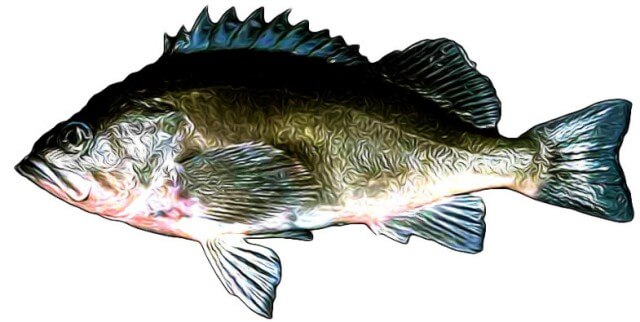
It shares much of its characteristics with the already mentioned species of Rockfish, such as its long lifespan. It is somewhat bulkier than Northern Rockfish and POP.
FIND OUT MORE
-
Shortspine Thornyhead / Idiot fish
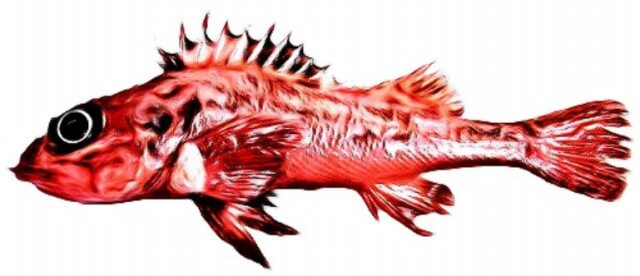
It can be up to 80 cm long, but personally I haven’t come across one of more than half that size. It inhabits deeper zones of the Bering Sea, between 150 and 1000m down. It can be found all the way to Japan and California. It can live up to 100 years and the main market for it is in Japan. It is caught mainly by longliners.
FIND OUT MORE
-
Prowfish
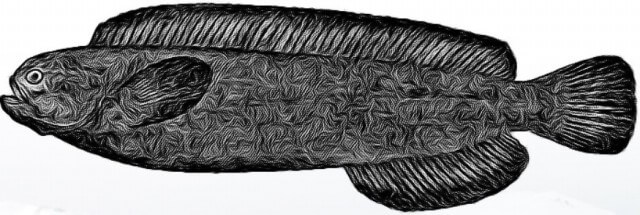
The biggest of this species can be up to 100 cm long; the ones we caught were about half that. Prowfish inhabits seafloor areas around 700 meters deep. Colour wise it is olive brown. It rarely appeared in our nets, and when it did I found it difficult to move it around as it kept slipping from my fingers.
FIND OUT MORE
-
Yellowfin Sole
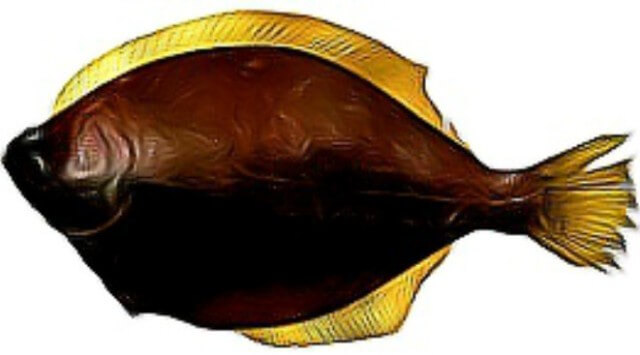
One of the most plentiful species found in the waters of the Bering Sea. They tend to live in areas with sandy sea floor. Females can live for up to 39 years, and are very reproductive; they can carry up to three million eggs. Our nets were constantly full. They can be distinguished from other Flatfish (below) by the dark line that runs around their bodies, and their slightly yellow fins.
FIND OUT MORE
-
Rock Sole
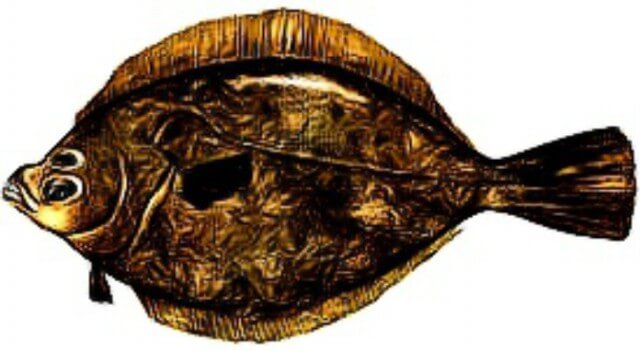
A well valued fish in Japan – especially the roe. Its fishing season is usually in February and March when its females carry eggs. It is the second most caught Flatfish in the Bering Sea besides Yellowfin Sole. It is usually found 300 meters deep, but can be found in depths of up to 700 meters. It is about as big as Yellowfin Sole – biggest ones are 60 cm long. Its lifespan is up to 20 years. Its color helps to confuse its predators. The interesting thing is that Rock Sole fillets that are processed in China very often return back into the USA with Yellowfin Sole in the same package. We separate these very precisely on the ship.
FIND OUT MORE
-
Flathead Sole
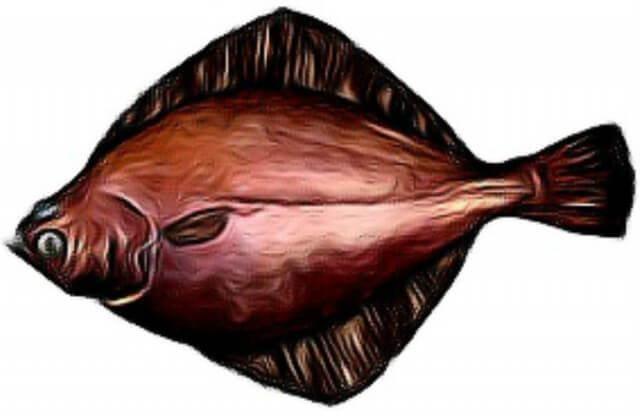
Flathead Sole is nearly explicitly caught in the zone of Aleutian Islands. It lives on both sandy and muddy sea floor around 300 meters deep. It can grow up to 60 cm in length and live up to 34 years. It tastes very nice and compared to the other small Flatfish it is also the most expensive.
FIND OUT MORE
-
Alaska Plaice
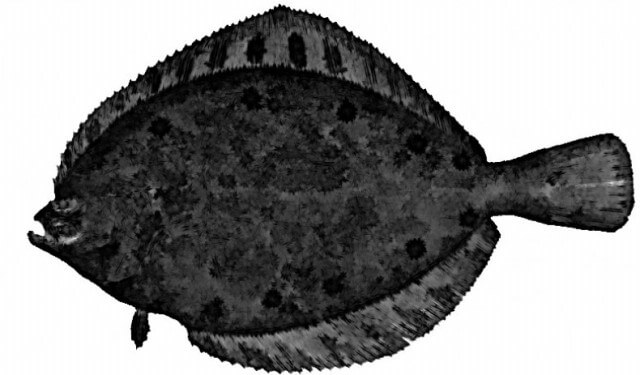
The Alaska Plaice can live up to 600 meters below sea level. It does not tend to be targeted for fishing, so it usually appears as bycatch when looking for small Flatfish. It is up to 60 cm long and lives up to 30 years. Top of the fish is dark and its bottom is brightly yellow. It is very slippery when handled. It is usually bigger than other small Flatfish (Flathead Sole, Rock Sole and Yellowfin Sole). It is probably used as dog or cat food, as it doesn’t smell nice according to my fellow fishermen. It used to be “garbage fish”, but now it is more expensive than Yellowfin Sole (food producers probably found a way to get rid of the smell – but that is just a speculation).
FIND OUT MORE
-
Arrowtooth Flounder

Arrowtooth became one of the target fish in 1970, but the demand for it quickly fell down because the meat degraded when heated. Luckily people in the food processing industry recently developed additives which slow down this degradation and consequently increased the demand for it. Arrowtooth is used for an imitation of crab sticks surimi. It can usually be found on sandy sea floor of the Bering Sea, but it can be found all the way to North California. It can live up to 27 years, and females are 1/3 bigger than their male counterparts. They are prey for sea animals such as whales, killer whales, seals and sea lions among others.
FIND OUT MORE
-
Greenland Turbot

Greenland Turbot tends to live in eastern parts of the Bering Sea and near Aleutian Islands in depths of up to 1500m. It prefers soft muddy sea floor. It can weigh up to 12 kg and live for 21 years. It is a relatively rare type of fish. We packed the tail, head and body separately; real speciality in Japan. One time I ate three heads as part of my meal (definitely not something I could simply afford in a restaurant) and I have to say I’ve never eaten a tastier salt water fish. Yum!
FIND OUT MORE
-
Pacific Halibut
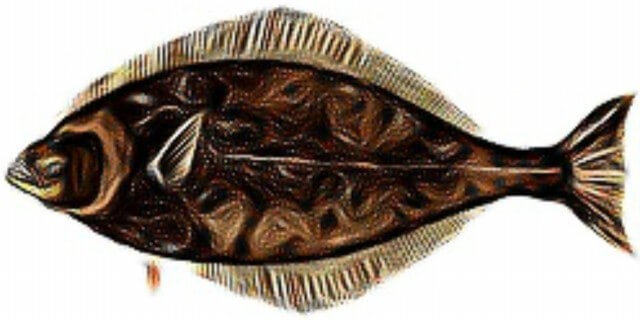
One of the biggest commercially caught fish in the Bering Sea. It can weight 230 kg and measure up to 2.5 meters. It can live for up to 50 years. Its fishing season starts in March and ends in November. The upper side of the fish is dark grey and the bottom is white. Over the last 10 years, its population was constantly decreasing and so its quotas are getting more restricted. Halibut is very popular among recreational fisherman in many different places (Alaska, British Columbia, Washington, Oregon and California), but thanks to its popularity and decreasing population, restrictions on recreational fishing are also increasing.
FIND OUT MORE
-
Rex Sole
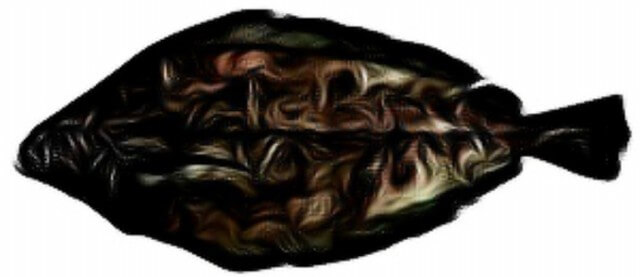
Rex Sole lives up to 900 meters deep on either sandy or muddy seafloor. Its growth is very slow. An adult is about 60 cm long, and weights about two kilos. It can live up to 24 years. We caught it very rarely. It is a very tasty fish and quite difficult to move around as it is quite slippery.
FIND OUT MORE
-
Alaska Skate
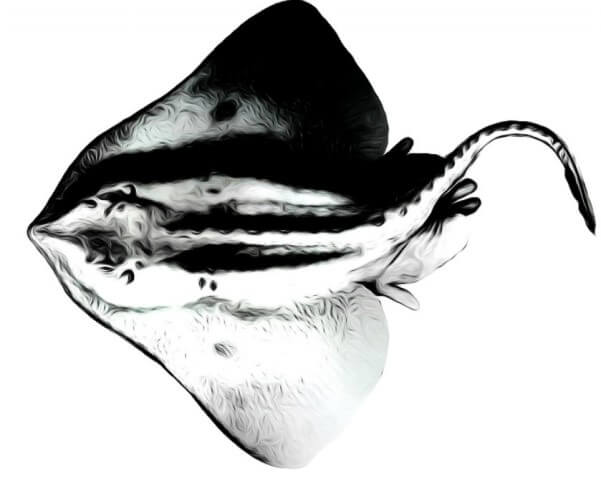
In its product form we called it Ray Wings. It lives up to 1500 meters deep. During production we cut off only their ‘wings’ and returned the body back into the sea. I have seen the span of these ‘wings’ of about one meter.
FIND OUT MORE
-
Crabs – What They Have In Common
When they are born, they look similar to shrimp. Then they metamorphose into crab by a process called molting. That is how they grow too. Their hard shells won’t let them increase in size, until they pop. When the crab is ready to “grow”, he absorbs a lot of water and swells up until the shell pops open. That is the moment when they are also the most vulnerable. Then they grow bigger until the new shell grows again. The older they get, the less they molt. They usually live 200m below sea level. They eat anything that they can grab and brake with their claws; worms, Brittle Stars, Sponges etc. They protect themselves by hiding in the mud.
-
Snow Crab

Snow crab can live up to 20 years and can weigh up to 1kg. The fishing season lasts from January to April.
FIND OUT MORE
-
King Crab
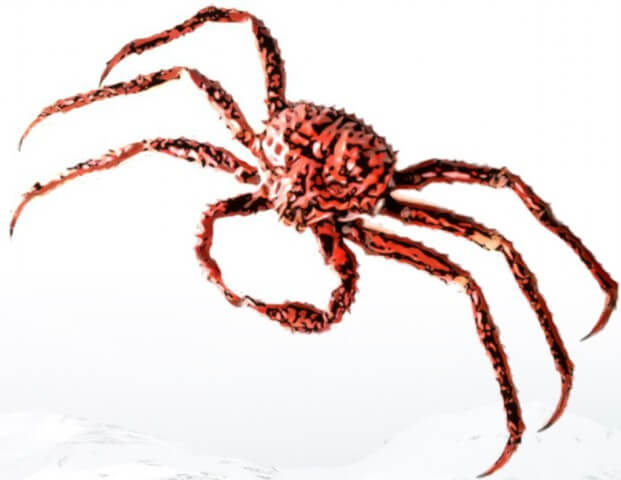
It is one of the most valuable fisheries in Alaska and the biggest commercially caught Crab in the world. The biggest ones have over 10kg and their legs spread 1.5m. It is also very dangerous work. Its season starts in October and ends in January when the weather in the Bering Sea is the worst. The heavy crab pots which are necessary for the King Crab to be caught make this job even more challenging. Most of King Crab comes from Bristol Bay. Catching King Crab in Aleutian Islands area is forbidden due to its lower than expected repopulation. They live together in thousands – probably tactics against its predators. Reproduction takes place once a year. They live up to 30 years. Their claws have different shapes, bigger one for crushing and the smaller one for more delicate handling.
FIND OUT MORE
I’ve created this list using these sources of information:
- FISHWATCH: pictures and information about fishes
- National Oceanic And Atmospheric Administration: pictures and information
- Alaska Fisheries Science Center: pictures and information
- Tradex Foods: information
- Wikipedia: pictures and information
IMPROVE // SUPPORT // DONATE






















